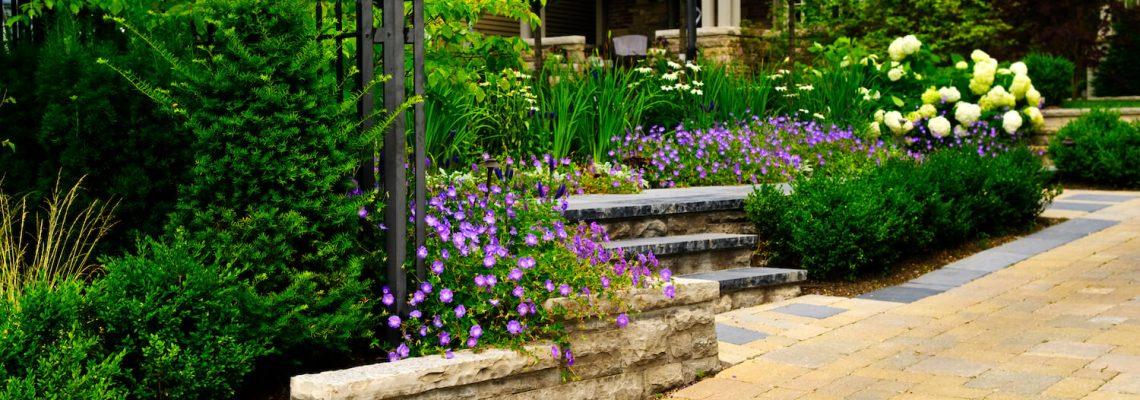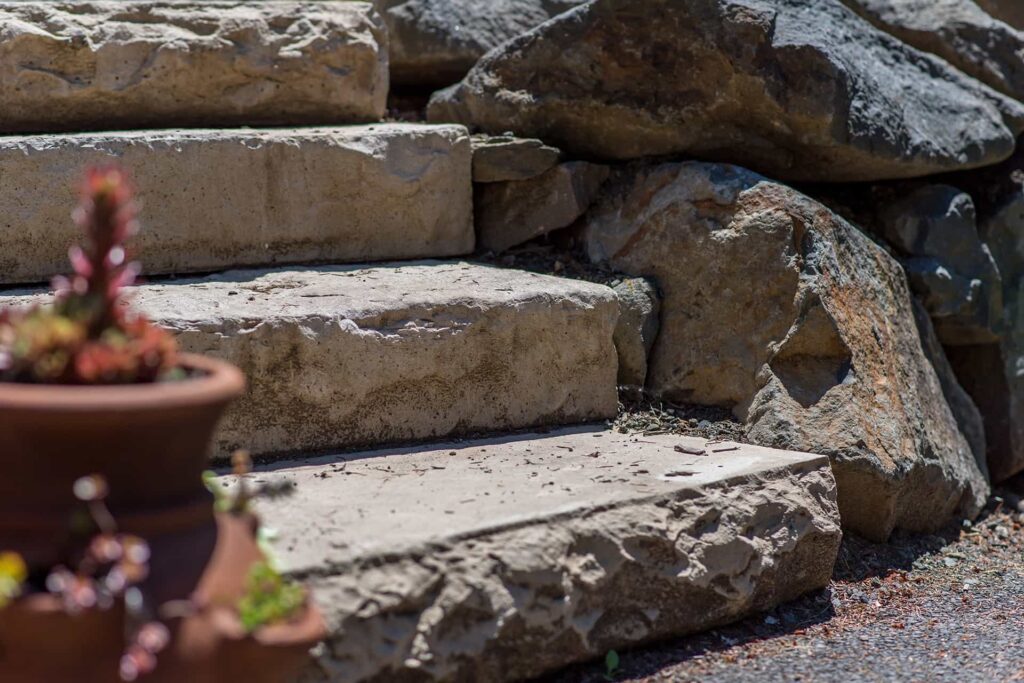Stone paving can add a touch of elegance and functionality to your garden, transforming it into a beautiful outdoor space. Whether you want to create a patio, a pathway, or a focal point, stone paving offers a wide range of design possibilities. In this article, we will guide you through the process of incorporating stone paving into your garden design, from selecting the right stone to maintenance tips.
So, let’s get started and create a stunning paved area in your garden.
Selecting the Right Stone
When it comes to stone paving, choosing the right type of stone is crucial. There are various options available, each with its own unique characteristics. Consider factors such as durability, aesthetics, and maintenance requirements. Common choices include natural stones like limestone, sandstone, and granite. Take into account the overall style and theme of your garden when selecting the stone.
Preparing the Garden
Before you start laying the stone paving, it’s essential to prepare the garden properly. Clear the area of any existing vegetation and debris. Level the ground and address any drainage issues. Proper preparation ensures a stable foundation for your stone paving and helps prevent future problems like unevenness and water pooling.
Designing with Stone Paving
Designing with stone paving allows you to create visually appealing patterns and layouts. Popular
patterns include the herringbone, basket weave, and random layouts. Consider the overall design of your garden and existing elements when planning the layout. You can create focal points, define different areas, or connect various parts of the garden using stone paving.
Installation Process
Now that you have selected the right stone and prepared the garden, it’s time to install the stone paving. Follow these steps for a successful installation:
- Excavation: Dig out the area to a depth suitable for the base and the thickness of the stone.
- Laying the Base: Create a solid and stable base using crushed rock or a combination of crushed rock and sand. Compact the base thoroughly.
- Laying the Stone: Start laying the stones from one corner and work your way across. Ensure proper alignment and spacing between the stones.
- Compacting: After laying the stones, use a compactor to press them firmly into the base.
- Jointing: Fill the gaps between the stones with fine sand or jointing compound. Sweep the sand into the joints and compact it to create a stable surface.
Enhancing with Borders and Edging
To add visual interest and define the boundaries of your stone-paved area, consider incorporating borders and edging. You can use materials like bricks, contrasting stones, or even plants to create borders. Edging helps to contain the stone paving and prevents it from spreading or shifting over time.
Maintaining Stone Paving
Proper maintenance ensures that your stone paving remains in good condition for years to come. Here are some maintenance tips:
- Regular Cleaning: Sweep or hose down the stone paving regularly to remove dirt, debris, and leaves.
- Weed Control: Keep an eye out for weeds and remove them promptly to prevent them from taking root in the joints.
- Minor Repairs: Address any minor damages, such as chipped or cracked stones, by replacing them as needed.
- Sealing: Consider sealing the stone paving to protect it from stains and weathering. Follow the manufacturer’s instructions for the appropriate sealing product.
- Seasonal Maintenance: Inspect the stone paving at the beginning and end of each season. Address any issues, such as unevenness or joint erosion, before they worsen.
Safety Considerations
While stone paving enhances the aesthetics of your garden, it’s important to consider safety aspects. Here are some key considerations:
- Slip Resistance: Choose stones with a textured surface or apply a non-slip coating to prevent accidents, especially in areas prone to moisture.
- Lighting: Install proper lighting around the stone-paved areas to ensure visibility during the evening and night.
- Drainage: Ensure that the stone paving allows proper drainage to avoid water accumulation and slippery surfaces.
Combining Stone Paving with Other Elements
Stone paving can be beautifully integrated with other garden features to create a cohesive design. Consider adding planters, seating areas, water features, or pathways alongside your stone-paved area. The combination of different elements adds depth and visual interest to your garden.
Benefits of Stone Paving
Incorporating stone paving into your garden design offers numerous benefits:
- Durability: Stone paving is highly durable and can withstand heavy foot traffic and various weather conditions.
- Aesthetics: The natural beauty and versatility of stone enhance the overall appeal of your garden.
- Versatility: Stone paving can be used in various garden styles, from traditional to contemporary, and complements different landscaping elements.
- Low Maintenance: With proper installation and maintenance, stone paving requires minimal upkeep, saving you time and effort.
By incorporating stone paving into your garden design, you can create a stunning and functional outdoor space that you’ll enjoy for years to come.
Conclusion
Stone paving adds elegance, functionality, and timeless charm to your garden design. By following the steps outlined in this article, you can successfully incorporate stone paving into your garden and create a beautiful paved area that enhances the overall aesthetics of your outdoor space.
Remember to select the right stone that matches your style and preferences, prepare the garden properly before installation, and carefully design the layout of the stone paving. Pay attention to details such as borders and edging to add visual interest and define the boundaries of your paved area.
Maintenance is key to ensuring the longevity and beauty of your stone paving. Regular cleaning, weed control, and addressing minor repairs are essential tasks. Consider sealing the stone for added protection and perform seasonal inspections to address any issues promptly.
It’s crucial to prioritize safety when incorporating stone paving into your garden. Choose slip-resistant stones, install proper lighting, and ensure adequate drainage to prevent accidents and maintain a safe environment.
Don’t limit yourself to stone paving alone. Explore creative ways to combine it with other garden elements like planters, seating areas, and water features. The integration of different elements will elevate the visual appeal and functionality of your garden design.
In summary, stone paving offers durability, aesthetics, versatility, and low maintenance benefits that make it an excellent choice for enhancing your garden design. With careful planning, installation, and maintenance, you can create a stunning paved area that complements your outdoor space and provides a beautiful setting for relaxation and enjoyment.


